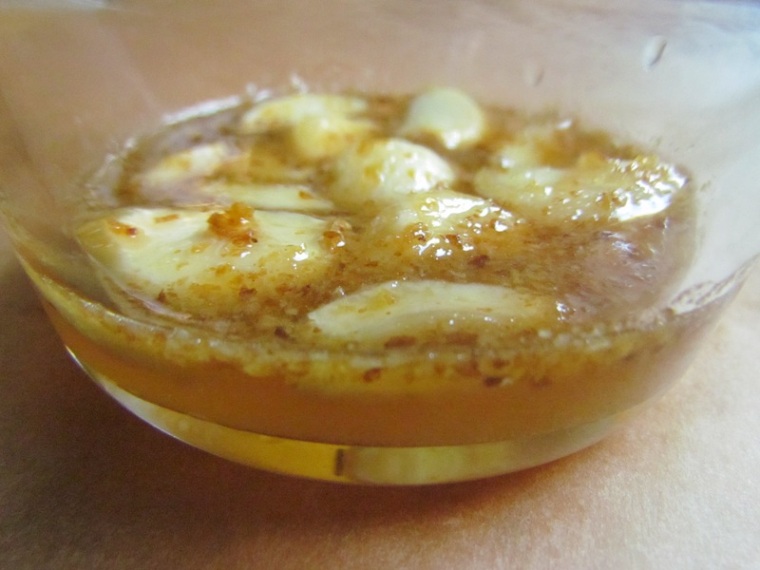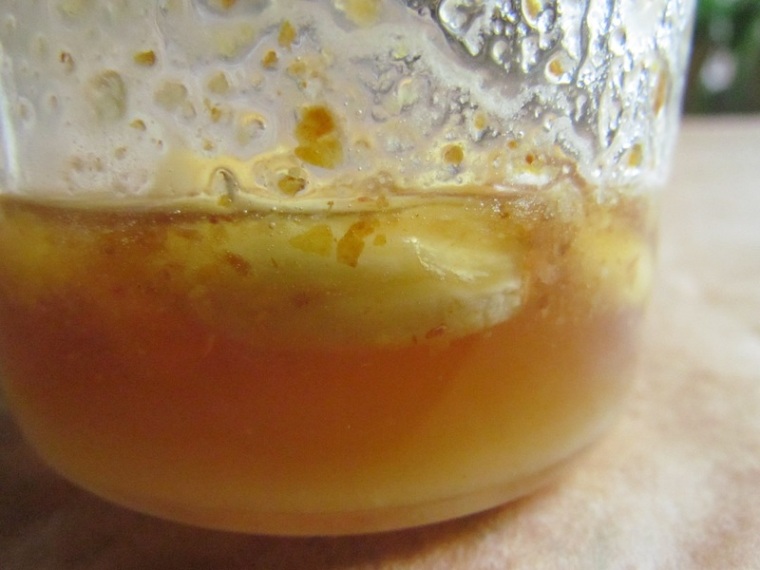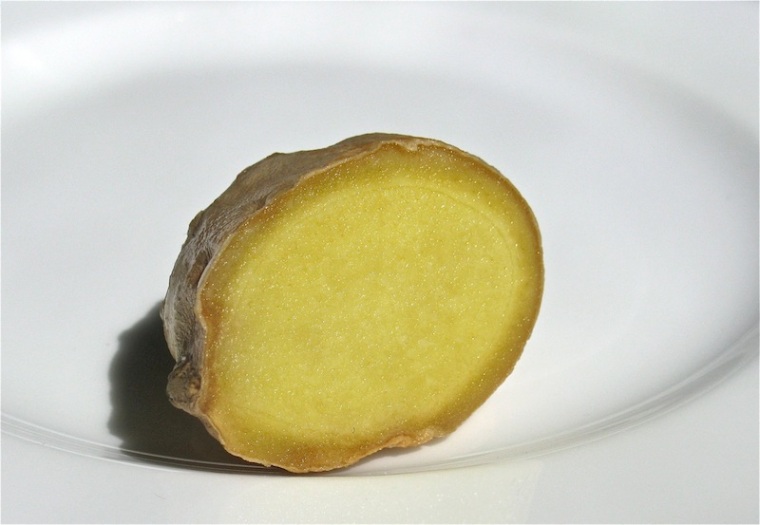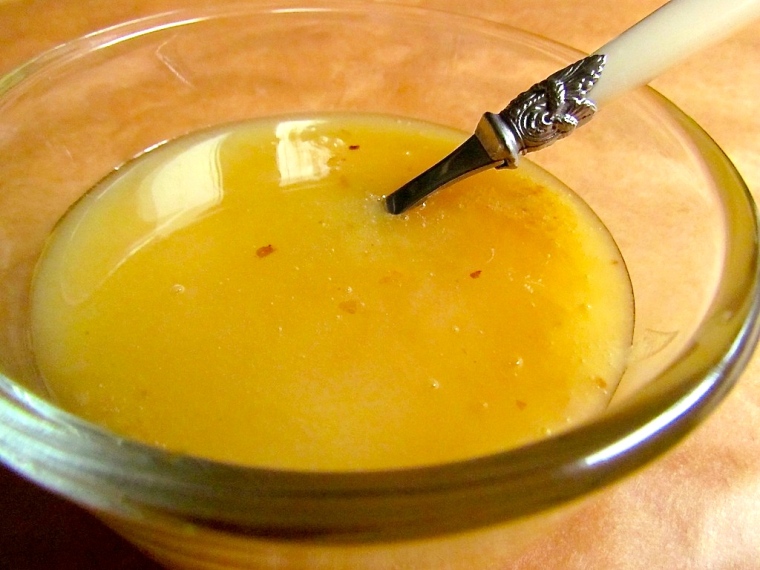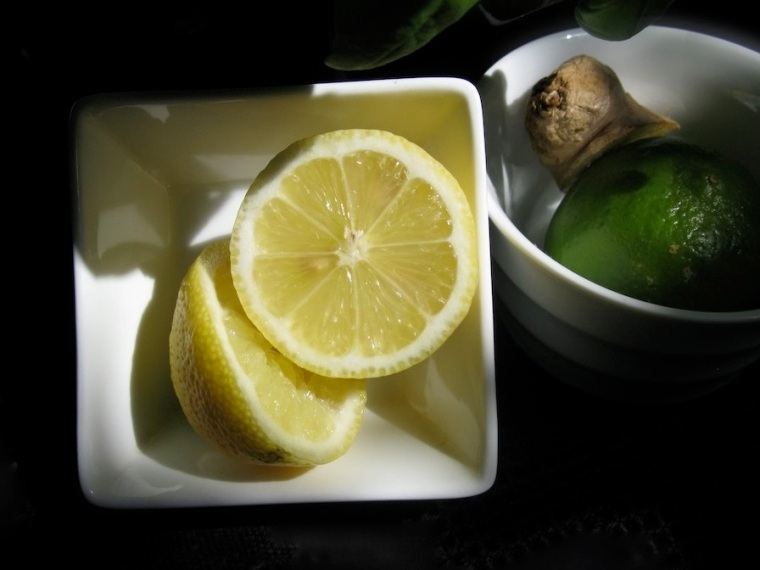
Finishing up my “favorites from India trilogy” is Dal Makhani, a sumptuous stew of lentils and kidney beans traditionally served at weddings. Given its depth of flavor and richness, you might expect it to be difficult to make. But really it’s as simple as cooking up the beans, making a sauce, and deciding how you want to finish it – milk, ghee, or a Vegan twist on the original, coconut cream.
The recipe comes from our Chef Altah Shah of Raga on the Ganges. I’ve dramatically simplified it for you, without, I hope, sacrificing any of its richness because I really don’t want you to miss out on this Punjabi treasure.
For those of you pressed for time, I’ve given quantities for pre-cooked beans. Of course we should all cook from scratch, but lately I have been hearing so many friends tell me they and their families are eating frozen and microwaved “foods” due to time shortages. This breaks my heart and makes me want to run over and prepare weekly meals! I can only hope to make delicious, savory, satisfying meals easier, tempting busy people with wedding feast recipes to be enjoyed as everyday delights.


You can find urad dal at Indian/Asian grocers. Typically whole dal is used, but I was only able to find split urad dal. If you can’t find urad dal at all, replace it with mung or adzuki beans. If you are new to cooking beans, the kitchn has a great how to article.
If you use precooked beans, look for adzuki in place of the dal. Use 3 cups adzuki with 1 cup kidney bean. Drain and warm them in a saucepan, stir in the sauce and finish with your choice of cream.
When I make this, I use coconut cream instead of milk, since Ayurveda warns that mixing beans and dairy can cause gas, bloating, indigestion. Typically, though, it is milk or cream that is used. The milk makes it creamy without altering its flavor. The coconut has its own distinct taste, of course and makes it sweeter.
Creamy Dal Makhani
Beans
1 c urad dal (black gram)
1/3 c kidney beans
5 c water (or veg broth or a combination of the two)
3-4 garlic cloves or 1 T garlic powder
1 T finely chopped ginger
1 t turmeric
1 pinch hing (asafotida) or hingvastak which can be purchased from Banyan Botanicals
Sauce
4 T ghee or coconut oil
1 t cumin seeds
1/2 t fenugreek seeds (optional)
1 large onion, chopped
1 T ginger, finely chopped
4-5 cloves garlic, chopped
1 tsp red pepper flakes
2 medium tomatoes, chopped
1 scant t smoked paprika
1 t garam masala powder
2 t pink salt
1 T ghee or olive oil
Coconut cream, yogurt, creme fraiche, sour cream or milk
Soak dal and kidney beans for 24 hours in plenty of water. Drain and rinse. Bring to a gentle simmer with enough water to cover, along with the ginger, garlic, turmeric and cook until beans are soft. Stir in hingvastak.
To make the sauce, heat ghee or oil in a pan over a medium heat. Add cumin seeds and sauté, gently swirling the pan now and then to keep them from burning. As soon as they begin to brown, stir in the fenugreek, onion, ginger, and garlic, and sauté until golden.
Add the red pepper flakes, and sauté another minute. Next stir in the tomatoes and turn up the heat to high. Cook until the tomatoes are reduced to a pulp, stirring often to keep the bottom from browning.
Stir in the paprika, garam masala, and salt, then pour this sauce in with the cooked beans. Simmer on low heat until the mixture is creamy and well blended. Turn off the heat. Adjust seasonings to taste. Stir in one final spoonful of ghee or olive oil, and a hearty scoop of coconut cream, yogurt, creme fraiche, sour cream, or milk, and serve.
It is a perfect meal with basmati rice (in the final photo below) and greens like palak paneer, or simply with a warm flatbread like chapati or naan.


The Ayurvedic literature gives the benefits of urad dal as: unctuous, promoting positive kapha and pitta, increasing bulk of feces (meaning “high in fiber”), laxative, grounding, warming, strengthening, reducing Vata, sweet in taste, and good for reproductive tissue.
What is your favorite Indian food? Are there any you would like me to write up? Let me know so I can help you help everyone stay healthy, happy and whole.










































































